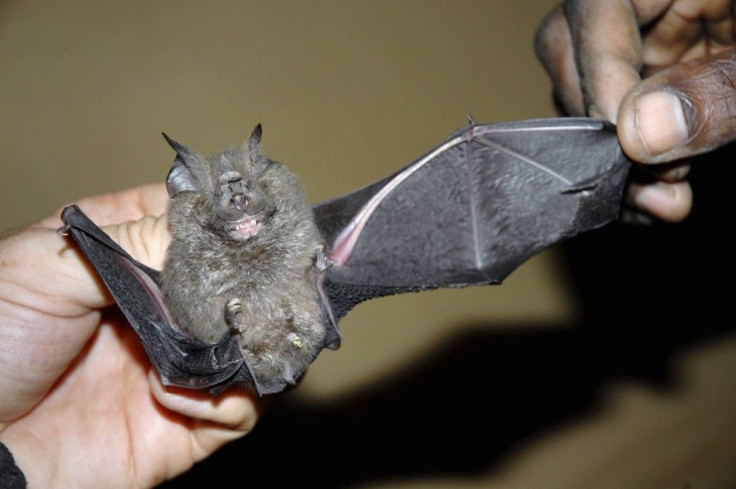Bat Flu Discovered in Guatemala, Human Risk Unknown

Scientists discovered a never-before-seen flu strain that infects bats - the first time the virus has been isolated in a winged mammal.
Researchers from the Centers for Disease Control and Prevention working in Guatemala announced the discovery Monday. How the virus spreads or if it can spread to humans remains unclear, the researchers said.
To infect humans, the bat-flu virus would have to mingle and mutate with a more common form of the flu - much like scientists fear will happen to the swine and bird flu viruses.
The journal the Proceedings of the National Academy of Sciences published the study online Monday.
Virologists came upon the new strain during a study on rabies. Researchers collected over 300 bats in 2009 and 2010 and checked them for rabies and other conditions. A veterinarian found the new flu virus in the intestines of little yellow-shouldered bats, a kind of fruit bat.
The bat could leave the virus on produce and infect humans who later eat the fruit, the authors wrote.
Researchers are now looking for the virus in other species of bats and in humans in the area.
Bats were most likely infected by a common form of the virus centuries ago that eventually mutated into this new variety. However, since scientists haven't been able to culture the virus, they aren't able to study it fully.
The inability to grow the virus left one scientist skeptical of the finding.
In my mind, if you can't grow the virus, how do you know that the virus is there? Richard Fulton, a bird disease researcher at Michigan State University, told The Associated Press.
The researchers said they plan to infect healthy bats to further study the virus. They also noted there are other viruses that are difficult to grow in a lab such as hepatitis C.
Even though bats likely haven't contributed to the flu in humans, they're known to transmit other diseases, such as rabies and Severe Acute Respiratory Syndrome, better known as SARS.
© Copyright IBTimes 2025. All rights reserved.





















